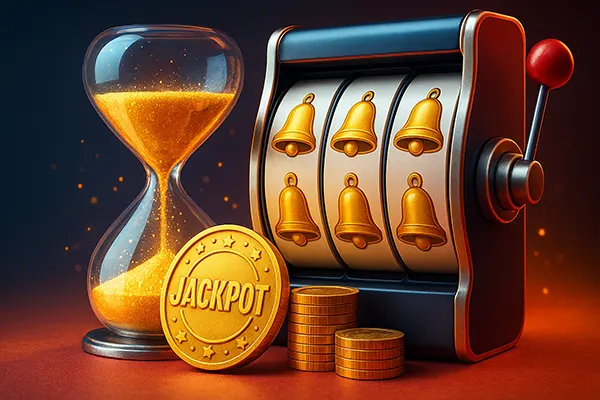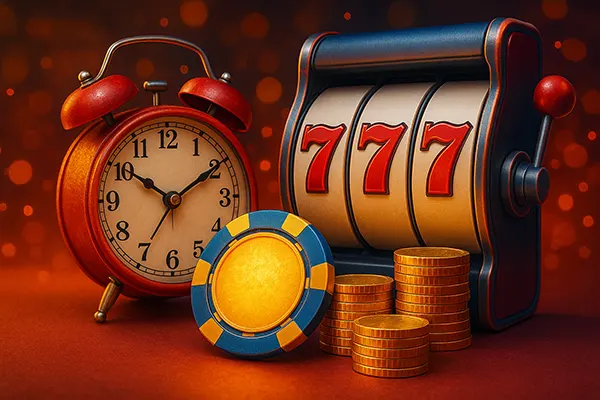Jackpot Drop Slot Algorithms: How Timed or Amount-Based Drops Really Work

Slots with jackpot drop mechanics have introduced a new layer of anticipation and predictability into online gambling. Unlike traditional progressive jackpots that can drop at random, these systems guarantee a payout either before a certain time or once a specific amount is reached. This article provides a comprehensive explanation of how these algorithms operate and what players should know before they spin.
How Timed Jackpot Drop Algorithms Operate
Timed jackpot slots are configured to release a jackpot before a predefined moment, such as the end of the day, hour, or week. This approach ensures that the jackpot cannot accumulate indefinitely. Instead, the software tracks time-based milestones and triggers a win before the deadline. As time progresses and the jackpot hasn’t dropped, the probability of hitting it increases with every spin, regardless of wager size or player.
These mechanisms are governed by sophisticated random number generators (RNGs) combined with time-dependent logic. The system continuously evaluates whether the trigger threshold (e.g. ‘before 18:00’) is approaching. Once the limit nears, the game algorithm recalculates winning odds dynamically to increase the chances of the drop occurring.
It’s important to understand that while the term “guaranteed drop” is often used, this guarantee only applies within the technical rules of the algorithm. The win itself still appears random to the player and does not require specific action to be activated — aside from playing the game.
What Happens When the Timer Nears Expiry
As the guaranteed drop time approaches, backend systems often intensify the drop probability. This behaviour is especially noticeable during the final hour or minute of the drop window. Developers use probabilistic modelling to ensure fairness while still maintaining excitement.
Operators typically set the logic so that the jackpot drops to one of the players actively spinning the reels at the final moment. Therefore, player activity increases dramatically as the deadline approaches — particularly on well-known titles. This surge in gameplay also benefits the game provider through heightened engagement.
Although not visible to the user, the increasing odds of the drop are calculated in real time. Many games use adaptive drop curves where the odds rise exponentially, meaning a jackpot is virtually guaranteed to trigger in the last few spins if it hasn’t done so earlier.
Fixed-Amount Jackpot Triggers
Some slots use an alternative method where the jackpot is designed to drop once a certain prize pool threshold is reached. This type of game still utilises RNGs, but the logic is tied to a financial metric rather than a clock. These are often referred to as ‘must-win-before-€X’ jackpots.
The central idea is that each wager contributes a small fraction to the jackpot pot. The backend tracks total accumulation and predefines a ceiling value (e.g. €10,000), at which the prize must be distributed. Once the threshold is approached, the algorithm begins preparing for the payout, again raising the probability curve.
This ensures that the game maintains a predictable financial liability for the operator, while providing players with a transparent reward system. This format is especially popular in networked jackpots shared across several games or casino sites.
Impact on Game Dynamics and Volatility
Jackpot mechanics based on a fixed prize amount impact volatility and expected return to player (RTP). Because the prize must drop before reaching a defined ceiling, developers often lower the base RTP slightly to account for jackpot contributions. However, this is balanced by the predictable nature of the win.
Games with such mechanics tend to see peak engagement when the jackpot amount nears the trigger value. Players are often drawn in by visible indicators like progress bars or countdowns showing how close the pot is to the drop.
Interestingly, this model can also influence player strategy. Some gamblers specifically time their play to when the jackpot pool has grown near the upper limit, hoping to maximise their chances within the window of heightened probability.

Transparency and Fairness in Drop Algorithms
One of the critical concerns with timed and fixed jackpot drops is transparency. Reliable game developers and operators ensure that the mechanics are certified by third-party auditors. The algorithms are routinely tested for fairness and compliance, with results often made publicly available via game information sheets or certifications.
Trustworthy implementations use cryptographically secure RNGs and deterministic event chains to enforce that drops occur within the advertised limits. Moreover, licensing authorities often mandate that such systems undergo regular reviews to detect manipulation or timing discrepancies.
Players should always verify the developer’s credibility and check for regulatory approval logos before engaging with jackpot games. Games certified by bodies such as eCOGRA, GLI, or iTech Labs are held to high standards of integrity and consumer protection.
What Players Should Keep in Mind
While these jackpots offer excitement and defined chances, they are still gambling products. Players should never assume that being “close” to a drop guarantees a win. Algorithms are constructed to maintain fairness across all spins, not favour the most active or latest player.
It’s wise to manage expectations and budget accordingly, especially near drop deadlines where excitement can cloud judgement. Responsible gambling tools, such as session limits or alerts, are helpful for maintaining control.
Ultimately, understanding how these jackpots work gives players a better grasp of what’s happening behind the scenes and allows for more informed, conscious participation in jackpot games.
